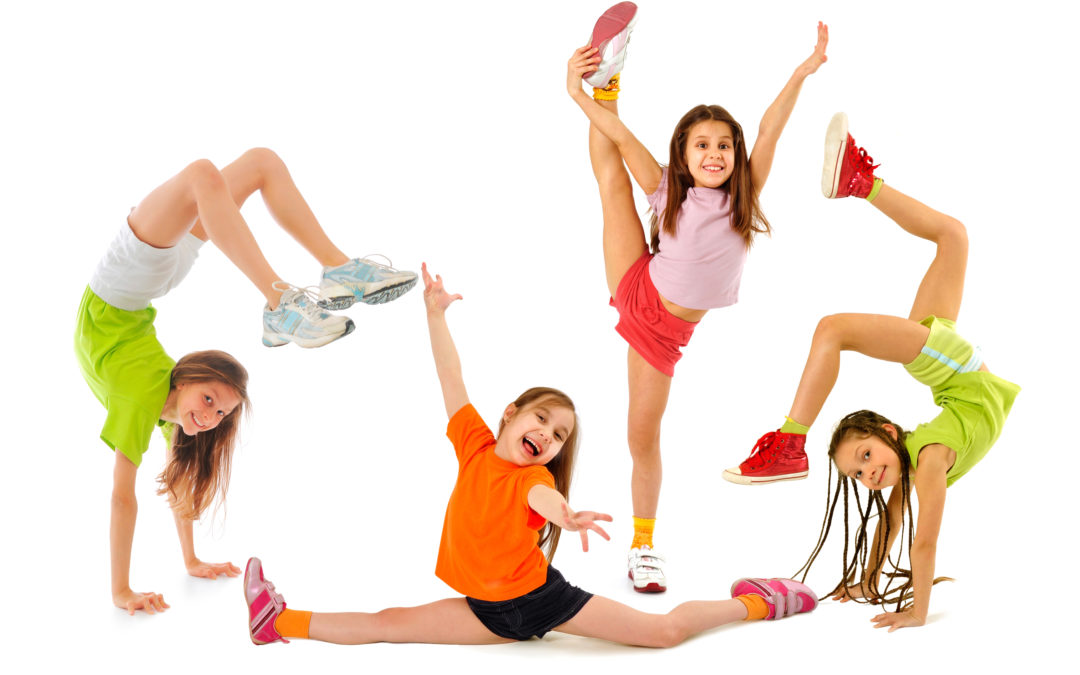
Body Shapes – Figuring out new ways to move
by Craig Valency, MA, CSCS It’s one thing to recognize a shape drawn on a piece of paper, but it is another thing to draw that shape. Now, to take it one step further, what if we were to have kids create a shape with their body? Not only are they unable to see what...
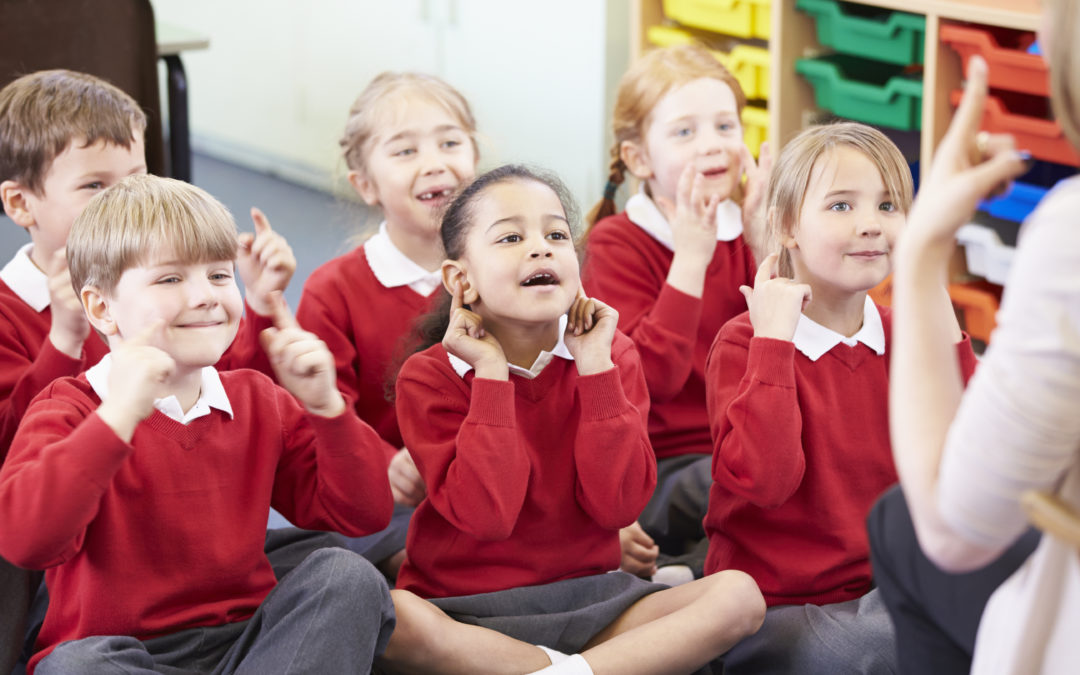
Body Part Call Outs – A warm-up for Body & Brain!
By Craig Valency, MA, CSCS We assume too much when working with kids. I have been guilty of assuming that they know the names of all their body parts and how to move them. This, of course, created frustration for them and me. I thought they weren’t listening, and they...
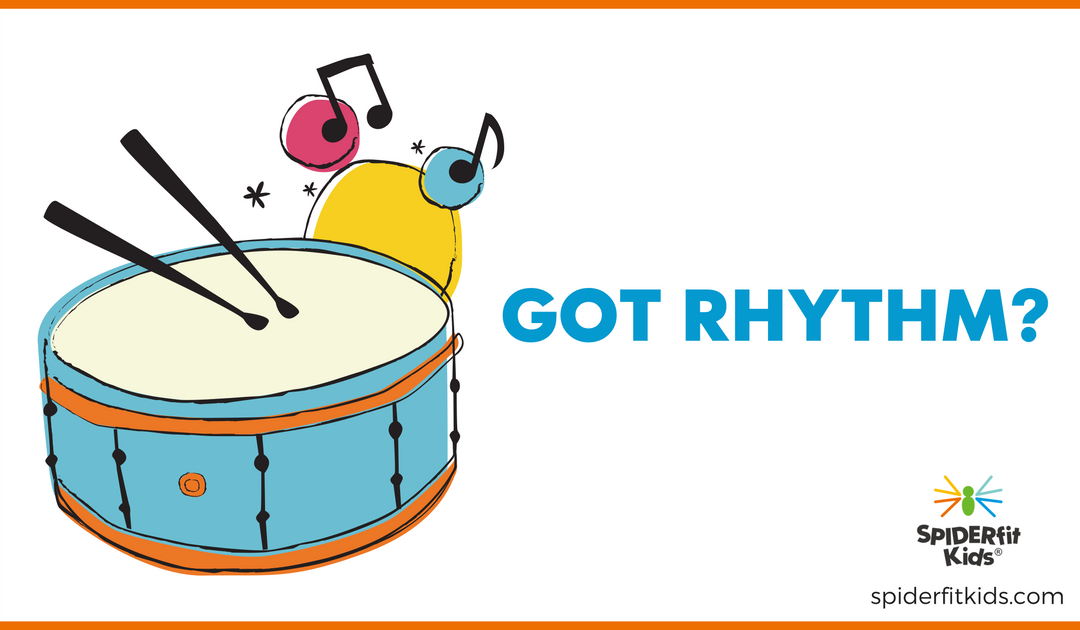
Got Rhythm?
By Craig Valency, MA, CSCS When I was in PE class in junior high and we cycled around to the soccer unit, I dreaded it. I ran around the field, never in position, tripping over my own feet, bumping into other kids and unable to successfully dribble the ball more than...
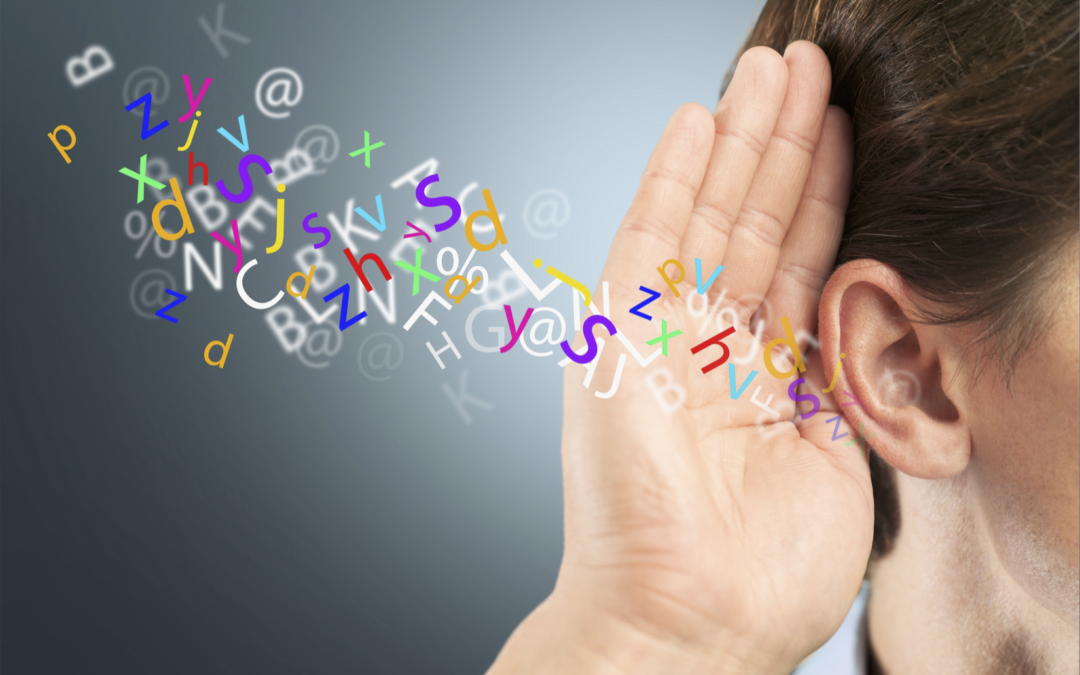
Which Ear is the Right Ear?
By Craig Valency, MA, CSCS Whether staring at the TV, computer, smart phone, or ipad, kids today live in a visual dominant world. Gone are the days when kids were outside for hours on end, either in nature or even the dreaded urban jungle. Back in the pre-electronics...
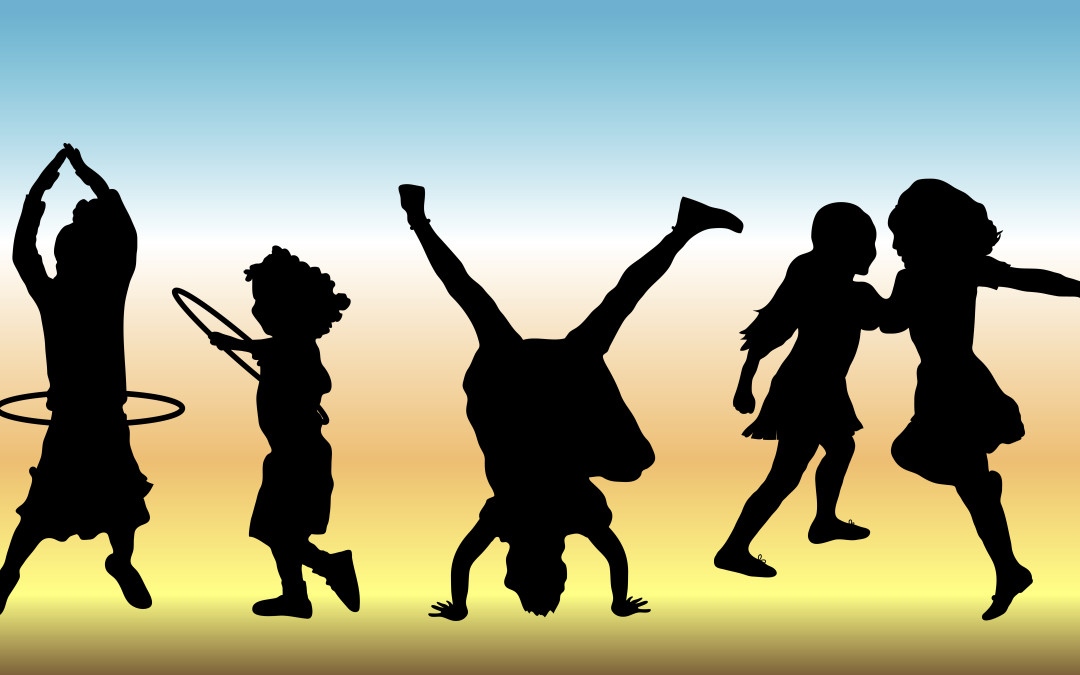
How More Play Leads to More Learning
By Craig Valency, MA, CSCS “Let’s move!” For the last few years we have been imploring kids to put down the gadgets, get active, move more, and eat less. Rising childhood obesity rates and plummeting youth fitness levels have raised the alarm. The solution seems...

Our Kids Aren’t Athletes – They’re Kids
By Brett Klika, CSCS As 8-year-old Billy sprints down the sideline with the soccer ball expertly at his feet, leaving both teammates and opponents in the dust, a truth becomes extremely clear. With his natural speed, agility, and overall game acumen, Billy has an...
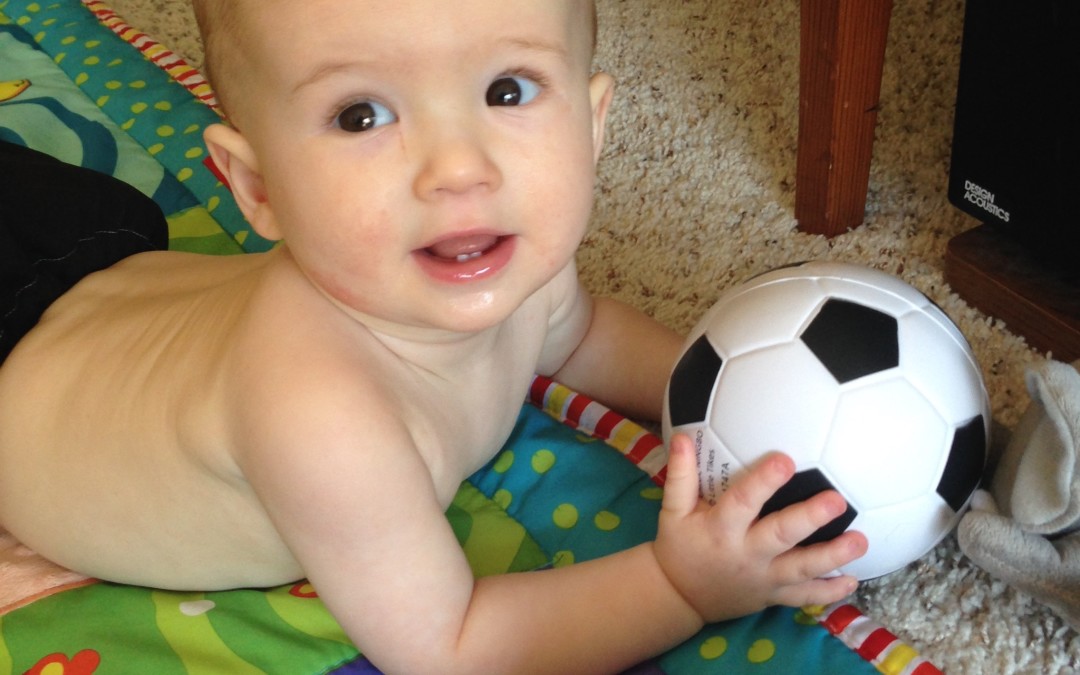
How Kids Learn to Move – Part 2: Crawling and Rolling to Assess and Treat Movement Problems
By Randi Kinney, PT, DPT, MTC In part 1, I spoke about how movement patterns naturally develop in humans from reflexive, involuntary movements to purposeful, voluntary actions. You will now see how this information is the guide we use to best assess and treat common...
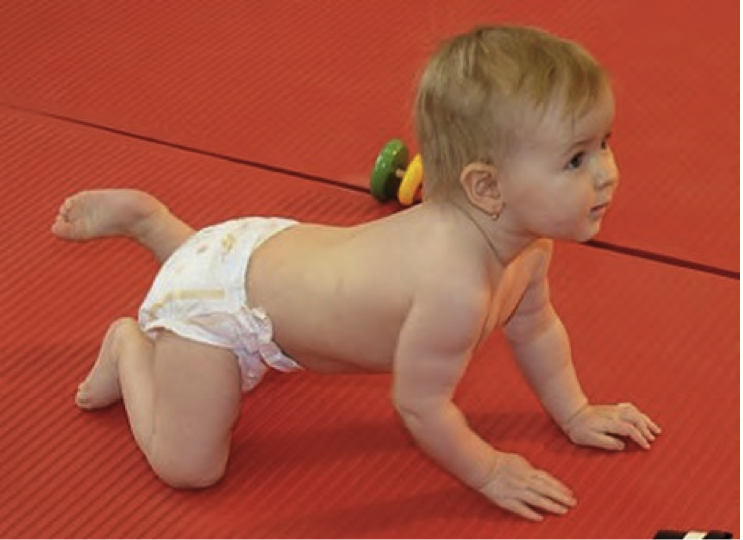
How Kids Learn to Move – Part 1: The Importance of Rolling and Crawling
By Randi Kinney, PT, DPT, MTC Unlike other animals, human movement is not mature at birth, and our anatomical structure is not perfectly developed. Think of the difference of a newborn baby versus a newborn horse or puppy. The horse or puppy come out of the womb and...
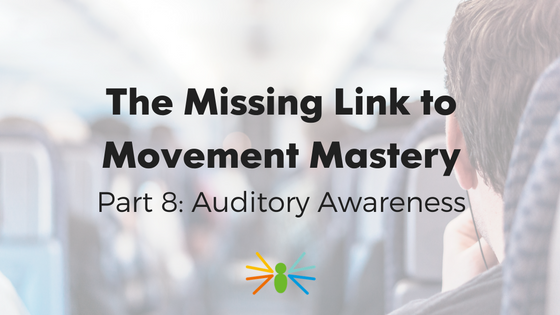
The Missing Link to Movement Mastery: Part 8 – Auditory Awareness
By Craig Valency, MA, CSCS Introduction As I discussed in my introductory post, the missing link to true movement mastery is learning the 9 perceptual-motor skills as early as possible. As fitness professionals, teachers, therapists, or parents, we have a unique...
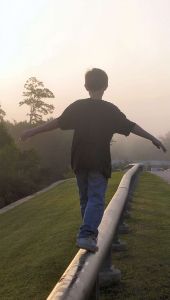
The Missing Link to Movement Mastery: Part 7 – Vestibular Awareness
By Craig Valency, MA, CSCS Introduction As I discussed in my introductory post, the missing link to true movement mastery is learning the 9 perceptual-motor skills as early as possible. As fitness professionals, teachers, therapists, or parents, we have a unique...





Connect with SPIDERfit!